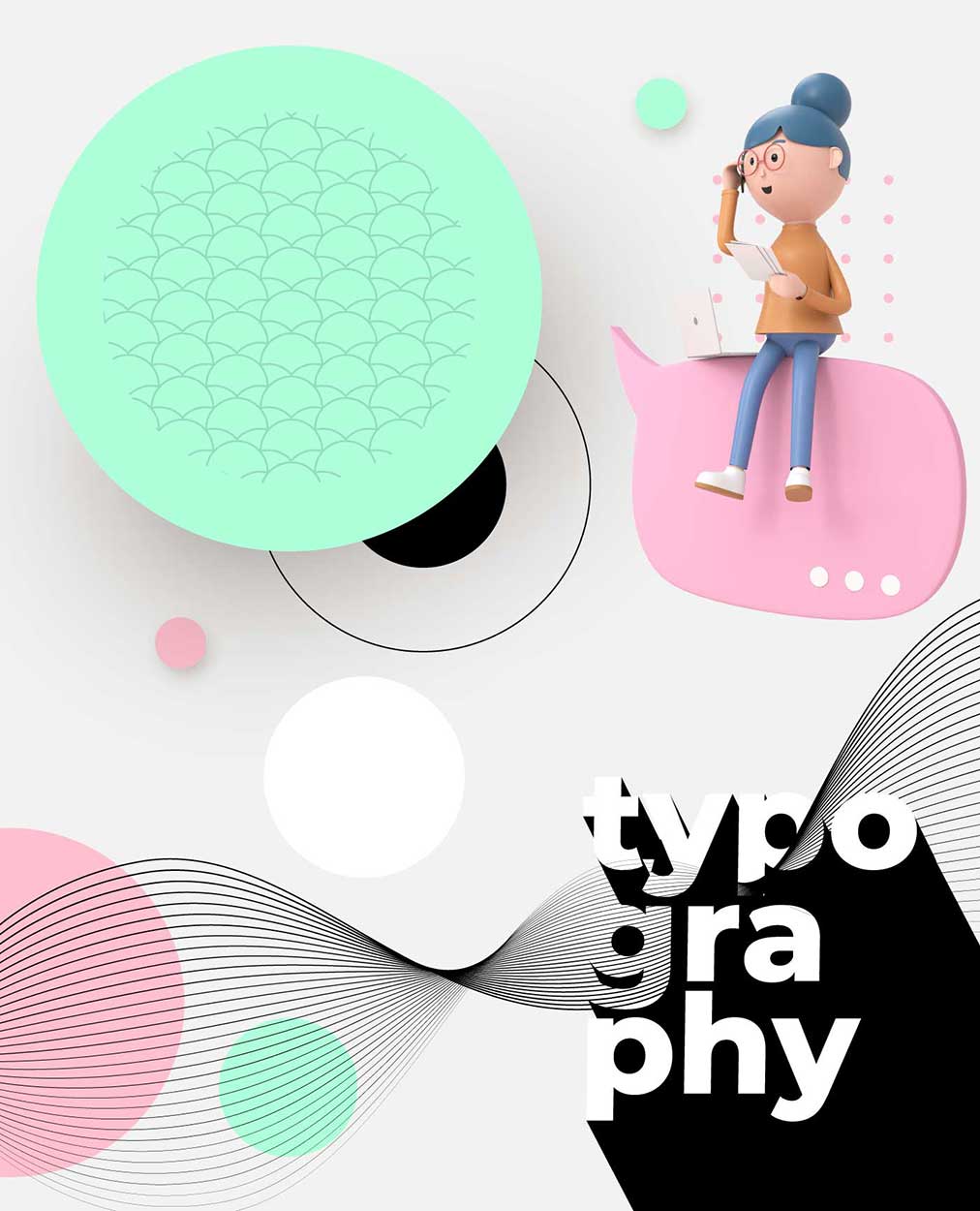
The Power of Psychology in Graphic Design: How to Use It to Boost Your Business
Graphic design is an art that combines creativity, technical skills, and psychology. Understanding the psychological principles behind design can help businesses create graphics that are not only aesthetically pleasing, but also emotionally impactful and effective in communicating their message. In this article, we explore how businesses can use psychology in graphic design to achieve their marketing and branding goals.
1. The impact of color in graphic design
Color is one of the most powerful tools in graphic design, as it can evoke emotions, influence behavior, and create a visual impact. For example, red can create a sense of urgency, blue can evoke trust and stability, and yellow can evoke happiness and optimism. By using the right colors in graphic design, businesses can create a strong visual impact and evoke emotions that resonate with their target audience.
2. The role of typography in graphic design
Typography is another important aspect of graphic design, as it can influence the way a message is perceived. For example, the use of bold, sans-serif fonts can convey a sense of modernity and confidence, while script fonts can evoke a sense of elegance and sophistication. By choosing the right typeface for a brand or message, businesses can help convey the tone and personality they want to communicate.
3. The psychology of composition
Composition is another critical aspect of graphic design, as it can impact how a message is perceived by an audience. The way elements are arranged in a design can influence the visual impact and the emotional response it elicits. For example, asymmetrical compositions can create a sense of movement and dynamic energy, while symmetrical compositions can create a sense of stability and calm.
4. The use of imagery in graphic design
Imagery is another powerful tool in graphic design, as it can evoke emotions, tell a story, and create a visual impact. For example, the use of real people in images can evoke empathy and create a sense of connection with the audience, while the use of abstract imagery can evoke imagination and creativity. By using the right imagery in graphic design, businesses can help convey their message and evoke emotions that resonate with their target audience.




